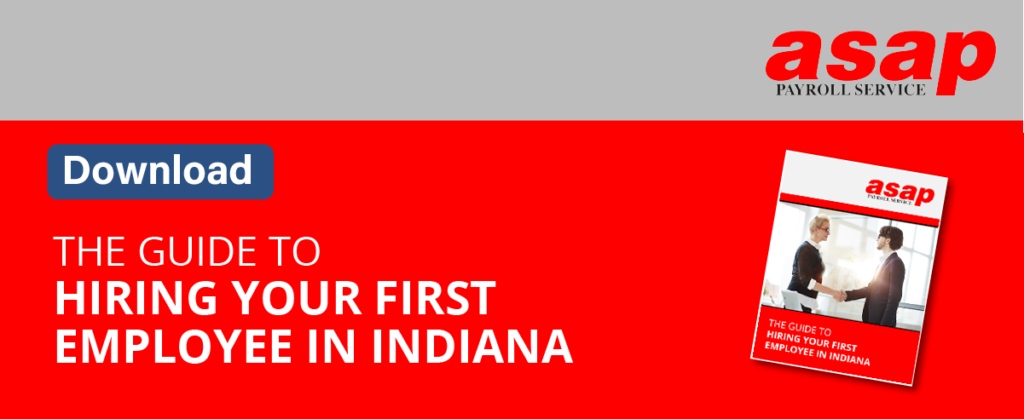Hiring an employee for your new business is an exciting prospect that signifies your business has grown and is ready to open work opportunities and to grow its team. But before you can hire any employees, your business will need to have a variety of processes in place and hiring steps completed.
Payroll Setup for New Employees
Adding employees to the payroll system is the first step. Ensuring that they’re paid accurately and on time is crucial.
Some employers choose to manage payroll themselves, which means being responsible for payroll accounting, payment disbursement, and all payroll taxes and fees. Many software programs like QuickBooks can help with this process. However, there are some liability considerations when businesses self-manage payroll. Payroll managers might commit:
- Miscalculations of payments and withholdings
- Record-keeping errors
- Missed deadlines or miscalculated pay or tax amounts, resulting in government penalties
- Security gaps that leave information accessible to external entities
Outsourcing Payroll for Easier Processing
One of the best ways to avoid these penalties, risks, and general payroll-related stressors is to outsource payroll to the experts. Professional payroll companies can manage every aspect of your business’s pay, from tax forms to direct deposit, and post-pay record keeping.
HR Basics
Small businesses hiring their first employees typically don’t have a dedicated HR staff. This means that someone is serving in an HR role, even without having HR experience or degree.
A person serving in an HR capacity needs to have at least basic familiarity with HR-related duties and responsibilities, which include:
- Recruitment and training
- Record keeping
- Payroll and benefits
- Employee relations=
- Employee performance improvement plans
Onboarding Requirements
Adding a new employee to your payroll involves the proper submission and completion of various tax forms, as described above. No matter your business’s size or type of service, a checklist of steps for new employees includes many universal requirements beyond filling out tax forms. Four requirements include:
-
I-9 and Employment Eligibility Verification
Form I-9 is used to verify the identity and employment authorization of persons you are considering to hire in the U.S. As an employer, you must complete this form for all individuals you hire, whether they are citizens or non-citizens. The form requires employees to attest to their employment authorization and present their employers with satisfactory documents that prove identity and employment authorization.
Ensure you review the documents an employee provides to ascertain that they are genuine and relate to the employee, and be sure to record that the documents were received.
-
Personal Information File and Employee Record
Employers must keep personal information files for each employee. Ensure you keep employees’ I-9 Forms, payroll records, agreements, and collective bargaining agreements for at least three years and for at least a year after they leave.
Additionally, employers should keep basic employment and earning records, such as wage rates, for at least two years. When an employee leaves a company, employers should follow the recommendation to hold all employment records from the date of termination of employment.
-
Background Checks
Background check reviews occur before employee onboarding. The review looks at the reportable public information of an individual’s life, such as criminal records and credit history.
-
Issuing an Employee Handbook
Every new employee must receive an employee handbook or company policies and procedures manual. New employees should also have the chance to read and ask questions about any material before employers obtain a written acknowledgment of their understanding.
The acknowledgment should include an at-will provision reiterating that the employee or the employer may terminate the employment bond at any time and for any reason that is not illegal. A written acknowledgment protects an employer in case an employee claims that they were unaware of a certain employee policy outlined in the handbook.
An employee handbook should cover:
- Company history
- Family Medical Leave policies
- Benefits listing and information
- Paid time off policies
- Employee expectations and policies, as well as disciplinary procedures
- Equal employment and non-discrimination policies
- Pay and promotions information
- Workers’ compensation policies
- A statement that says that handbook policies are subject to change
- Employee acknowledgment page
This guide will help you be informed about and knowledgeable of Indiana employee practices. While the exact practices and onboarding requirements for each company differ, laws and regulations require almost all companies to complete certain steps.






